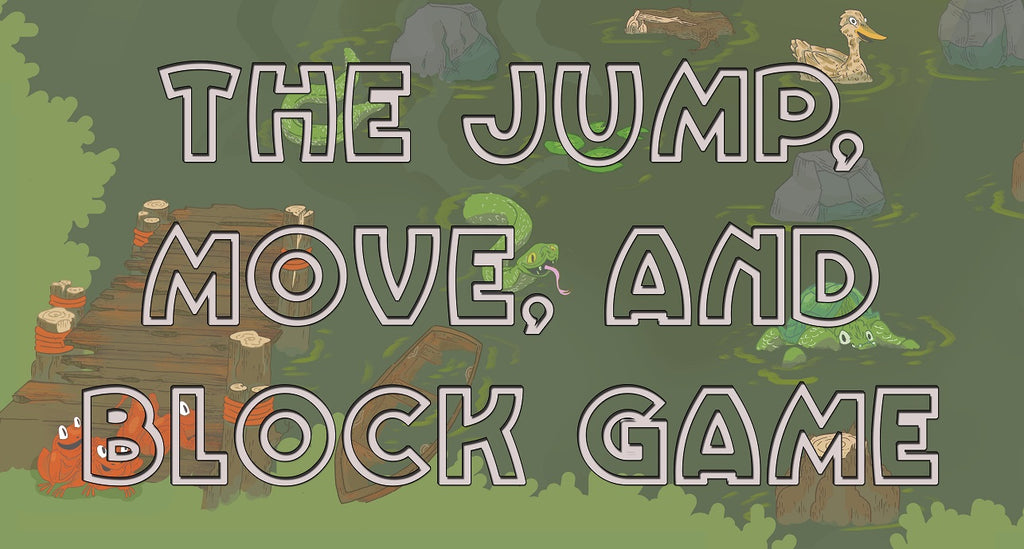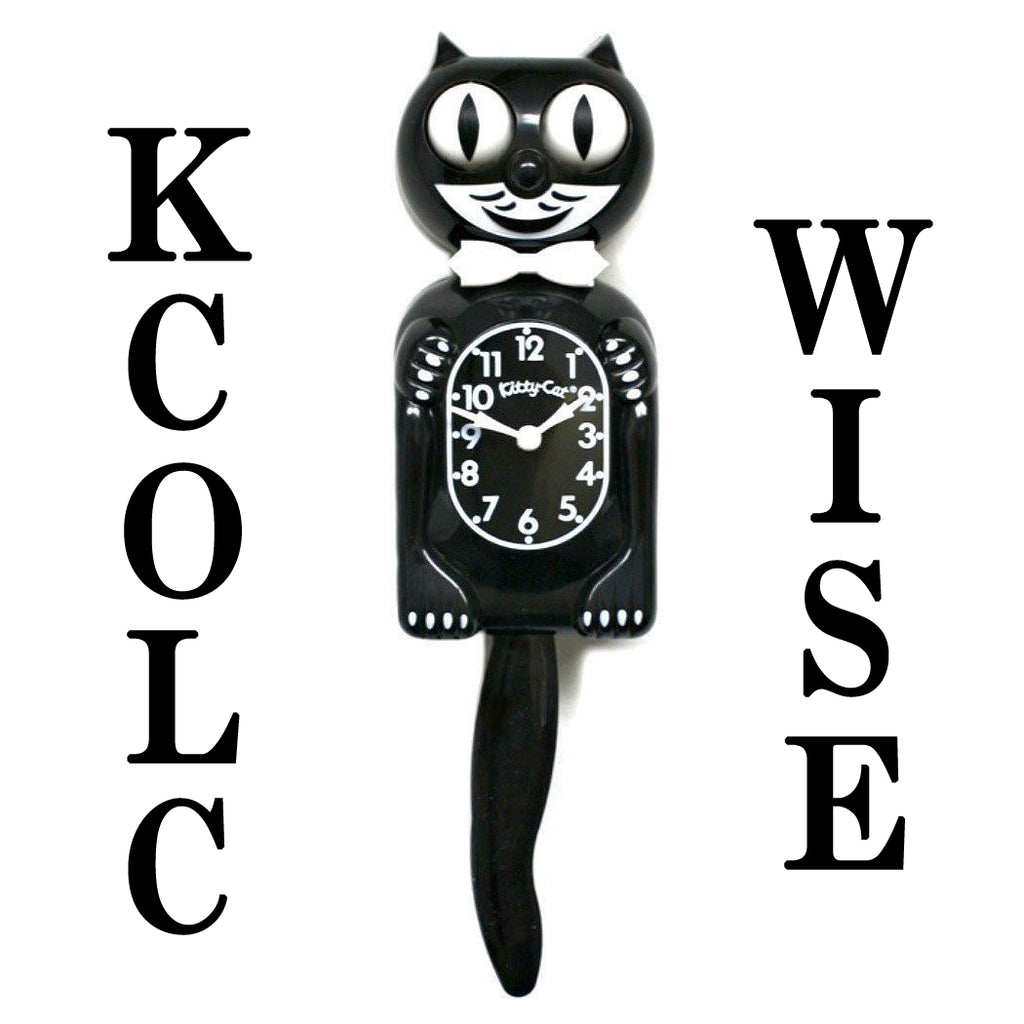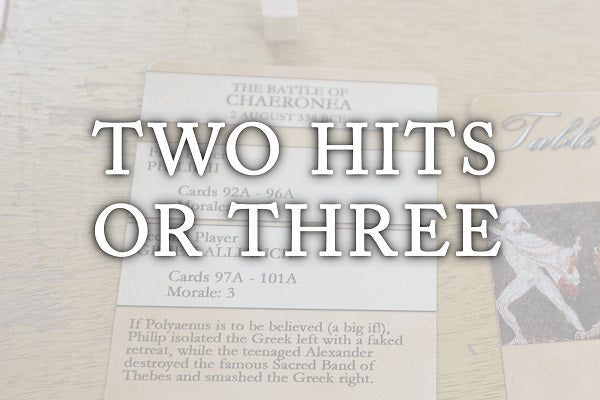Hollandazed: Thoughts, Ideas, and Miscellany — gameplay
LUCK OF THE DRAW (by Tom Russell)

To some degree, almost all of my games are about controlling the balance - about pushing the system until it works in your favor, and preventing your opponent from doing the same. Deadlock-as-decision-space, yadda-yadda-yadda - I've done this song and dance before, and sure, when you've got to write roughly a hundred blog-things a year, you do find yourself returning to the same wells more than once. What I want to talk about today however is one aspect of this - about the state of the balance at the start of the game. It's very seldom in these sorts of...
PARTY TIME (by Tom Russell)

In This Guilty Land, Justice alone scores end-game VP for Support - each Justice marker scores one point. The more Compromise markers you can flip, the better. Using an Organization card to form a political party will flip half of the aligned Compromise markers to their Justice or Oppression side (depending on who is playing the card), and will exchange the other half with Compromise markers belonging to your opponent. On top of that, the acting player will score points equal to their Organizational Capacity. Together (action VP plus end-game) this can result in a huge swing, potentially transforming a...
THE JUMP, MOVE, AND BLOCK GAME (by Tom Russell)

One of the things that drew me to Mark Herman's Ribbit, and made Mary and I so eager to publish it, is that it oddly reminds me quite a bit of backgammon. Backgammon, as regular readers of these blog-things might recall, is my favorite classical abstract. On the surface, there perhaps doesn't appear to be a lot of similarity between the two. Backgammon is after all a game of both luck and skill, while Ribbit is a pure combinatorial abstract. And it isn't as if backgammon has the market cornered on moving, attacking, and blocking, features common to most abstract...
CLOCKWISE (by Tom Russell)

Because I primarily design wargames, most of my designs are for two players. As a result, the structure of the game is usually a series of alternating player turns or impulses: player A then player B then player A then player B and on and on until one of you wins. Now, there's usually a little more to it than that. In the Shields & Swords II games, for example, it's possible for a player to take two turns in a row, while the initiative roll in Supply Lines determines which side goes first in a given Game Turn. But...
TWO HITS OR THREE (by Tom Russell)

Weeks and months after I've finished development on a game, we get the proof from our printer and I put it on the table again. It's often the first time I've played it since the end of development. This is important for proofing purposes. You often hear about folks who are too close to a thing, too familiar with it, and they're unable to see it clearly. This little bit of distance helps us to see the thing with fresh eyes and to catch mistakes before we authorize production. But more than that, the time away from the game allows...
